written by David Steffen
“The Journeyman: In the Stone House” by Michael F. Flynn, published in Analog, is nominated for this year’s Hugo Award for Best Novelette. Analog has posted this story as a free read as part of the Hugo season.
This is part two of the Journeyman series of stories. I have not read the first part of the story, so I am extrapolating a bit. Teodorq sunna Nagarajan the Ironhand and Sammi o’ th’ Eagles are in the midst of a journey that began in the previous story, where they were sent on a quest by a ghost that resided in a crashed vessel from the sky (presumably an AI residing in a starship) to find particular settlements for the star-men to salvage from the remains. As well as the quest, they are also trying to stay ahead of Kalakaran Vikaram who is looking to avenge his brother that Teodorq killed. As they are trying to cross a territory toward their destination, they stop to examine a stone building and they wonder how it was constructed (the technology level of the setting is mostly like a Medieval level, but with the remains of higher tech scattered about it’s clear that this occurs in the future after a technological collapse of some kind). They, as well as their pursuer, are captured. To continue their quest they must somehow escape their imprisonment.
The most interesting thing about this story was the use of language. The two protagonists are from different cultures that speak different languages. This means that to communicate directly with each other they have to speak in a broken pidgin dialect. Each has vastly different views of life and death and everything that surrounds it, and this comes out in various conversations throughout the story. At the same time I found some of the dialect rather distracting because, well, I just wasn’t all that interested in the outcome of the story, and the dialect was more absorbing than the events.
Maybe I would feel more absorbed if I had read the first story in the series. Maybe if I had seen the conversation with the AI I would have a clear idea of the stakes at hand here, and I’d be more emotionally invested. As it was, I was never confused by what was happening, I didn’t feel like it left out too much detail at least to explain events, but I didn’t really care what happened either and the story dragged as a result. The characters could succeed, they could give up and go home, they could die in the attempt, and it wouldn’t make much difference to me–not that I really had any doubt that they’d make it through this alive. When I read a story I want to feel connected to it, either an emotional connection with the characters, or at least some kind of thematic or intellectual connection. I want to understand the stakes, what will happen if they fail in their mission, and I didn’t really feel like I got any of that.
And then the story just kind of ends at a pretty much arbitrary point, clearly just leading on into the next one, but without any kind of satisfying tying off. Maybe these stories as a whole make a compelling story when combined together, but when a story is up for a Hugo as a standalone I’ve got to judge it based on what I see, and to me this is a not-very-compelling story fragment with some interesting dialect. Maybe I would’ve liked it better if the Journeyman series as a whole were nominated for a novella or novel award, rather than this segment being nominated for the novelette award (that’s no longer possible with this nomination, a part of a whole cannot be nominated and then the whole also be nominated). So this one was a miss for me.
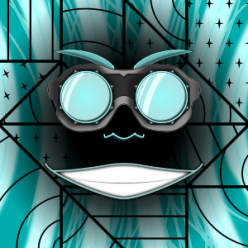
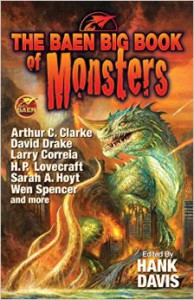

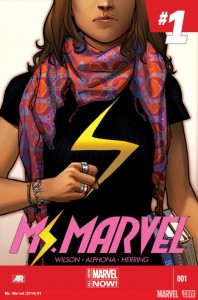
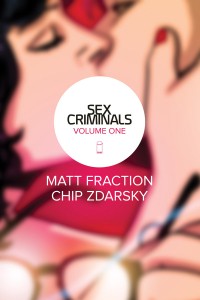 2.
2. 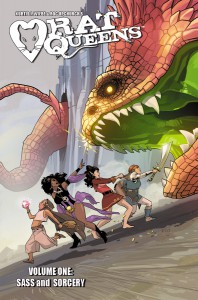 3.
3. 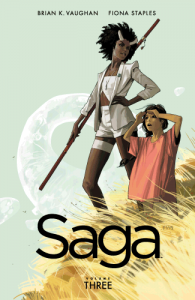 4.
4.  1. Edge of Tomorrow, Screenplay by Christopher McQuarrie and Jez Butterworth and John-Henry Butterworth (Warner Bros. Pictures)
1. Edge of Tomorrow, Screenplay by Christopher McQuarrie and Jez Butterworth and John-Henry Butterworth (Warner Bros. Pictures) 2. Interstellar, screenplay by Jonathan Nolan and Christopher Nolan, directed by Christopher Nolan (Paramount Pictures, Warner Bros. Pictures, Legendary Pictures, Lynda Obst Productions, Syncopy)
2. Interstellar, screenplay by Jonathan Nolan and Christopher Nolan, directed by Christopher Nolan (Paramount Pictures, Warner Bros. Pictures, Legendary Pictures, Lynda Obst Productions, Syncopy) 3. The Lego Movie
3. The Lego Movie 4.
4.  5. Captain America: The Winter Soldier
5. Captain America: The Winter Soldier